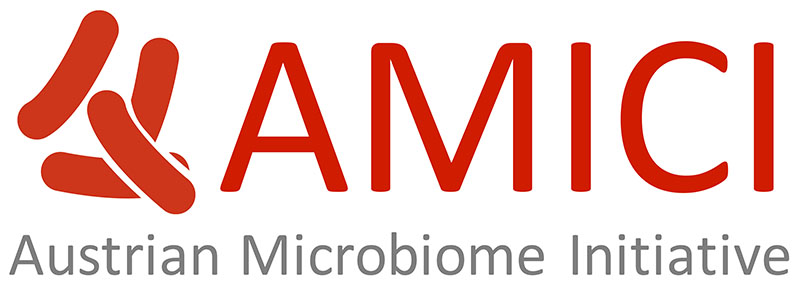Microorganisms are the dominant life forms on Earth and thrive in every possible ecosystem - be it in a hydrothermal vent deep in the ocean, an agricultural soil or the human gut. While microorganisms are invisible to the human eye, they are not silent inhabitants but provide indispensable functions to the environment or host they live in or on.
For example, they catalyze essential biogeochemical processes in the environment and are thereby main drivers of the global nutrient cycles. They are symbionts of other unicellular or multicellular organisms such as plants and animals and determine the wellbeing of their host by providing nutrients and protecting against pathogens.
The microbiota (aka microbial community) is the community of microorganisms (archaea, bacteria, eukaryotes, viruses) that live in a particular habitat. The microbiome refers to the entire habitat (biome) with its microscopic organisms and their 'theatre of activity', including their collective genomic information, their surrounding environmental conditions, their metabolic activities and ecological functions1,2,3,4,5.
- Human microbiome (including laboratory animal models)
- Microbiome of farm animals and pets (pigs, cows, chicken, goats, sheep, salmon, cat, dog, etc.)
- Microbiome of wild animals (including insects, sponges, corals, worms, etc.)
- Plant microbiome (rice, corn, etc.)
- Food microbiome (fermented food, etc.)
- Microbiomes of other eukaryotic hosts (amoebae, protists, etc.)
- Environmental microbiomes (ocean, soil, freshwater, air, subsurface, etc.)
- Built environment microbiome (hospitals, drinking water distribution, etc.)
- Microbiomes in biotechnology (waste water treatment, drinking water technology, etc.)
Current microbiome research aims at revealing the composition of the microbiota, its distribution and temporal dynamics, and, most importantly, its function for the ecosystem or the host. This knowledge and understanding the factors that impact the microbiota is important in order to learn how to exploit or manipulate the microbiota for maintaining a clean environment, ameliorating consequences of global change or supporting the health of its host.
Research on the microbiome is thus naturally an interdisciplinary effort that requires close cooperations between scientists from different disciplines in the earth, life, and medical sciences.
Microbiome terminology
- Whipps JM, Lewis K, Cooke RC. Mycoparasitism and plant disease control 161–187. In: Burge, NM (editor), Fungi in Biological Control Systems. Manchester University Press; 1988. P. 176.
- What does the term microbiome mean? And where did it come from? A bit of a surprise .. (2015) MicroBE.net Blog post by Jonathan Eisen
- Marchesi and Ravel (2015). The vocabulary of microbiome research: a proposal. Microbiome. 3:31
- Susan Prescott (2017) History of medicine: Origin of the term microbiome and why it matters. Human Microbiome Journal. 4: 24-25
- Berg et al. (2020). Microbiome definition re-visited: old concepts and new challenges. Microbiome. 8:103.
